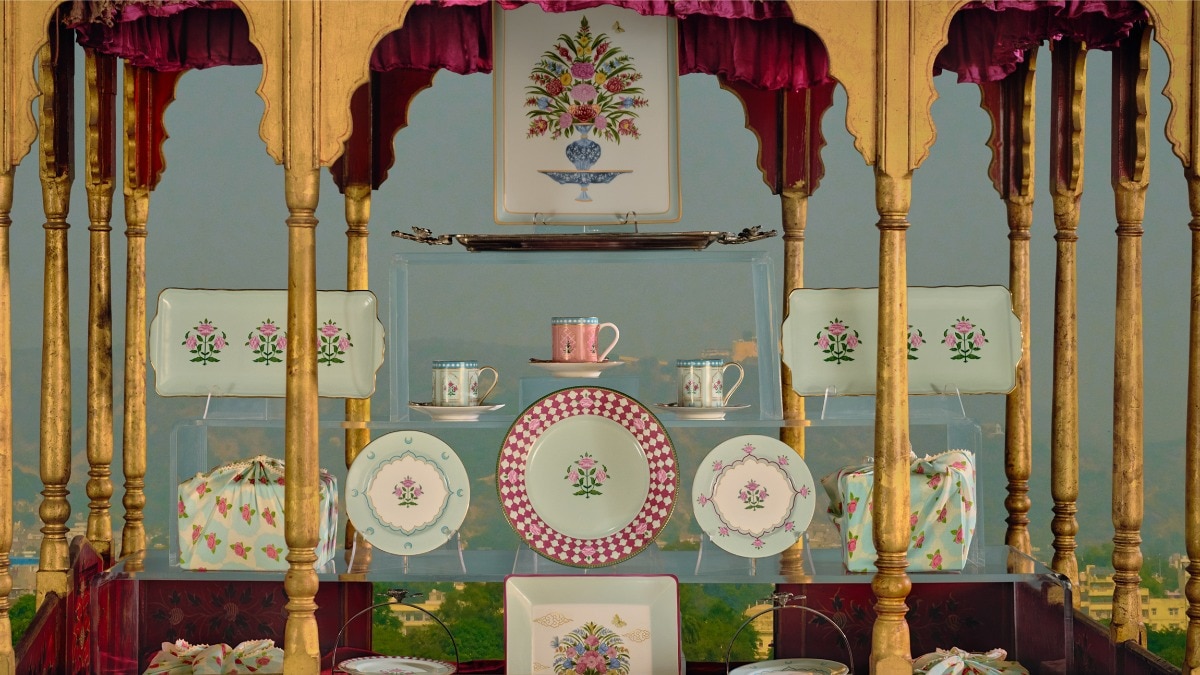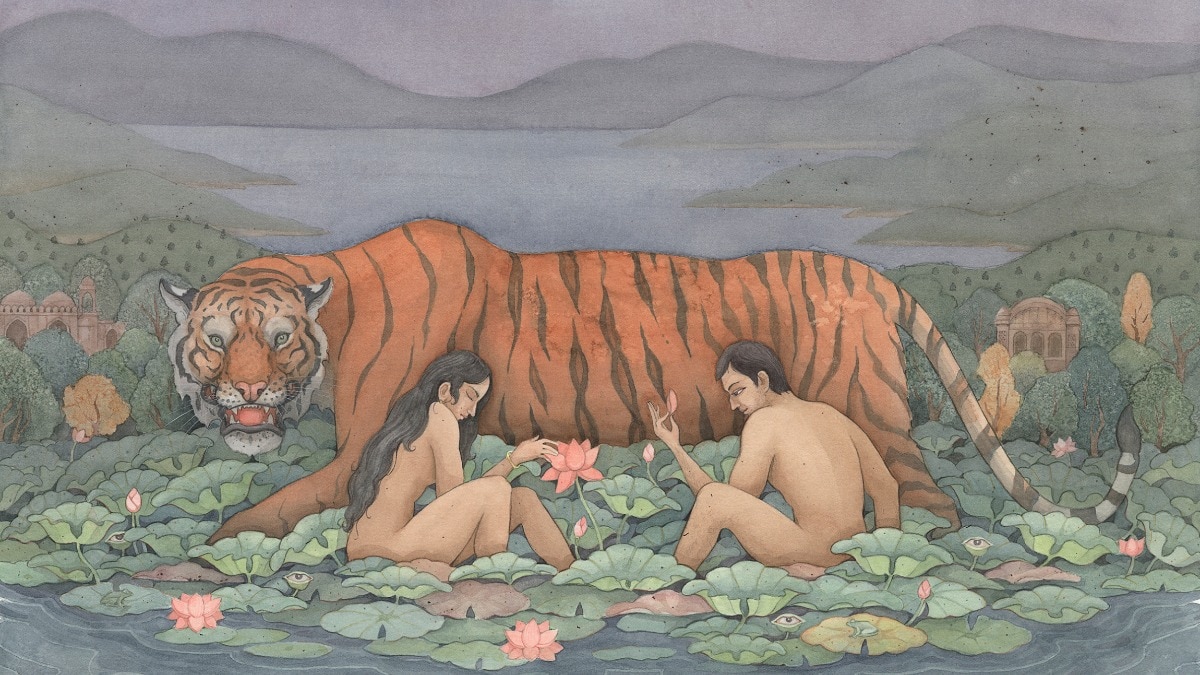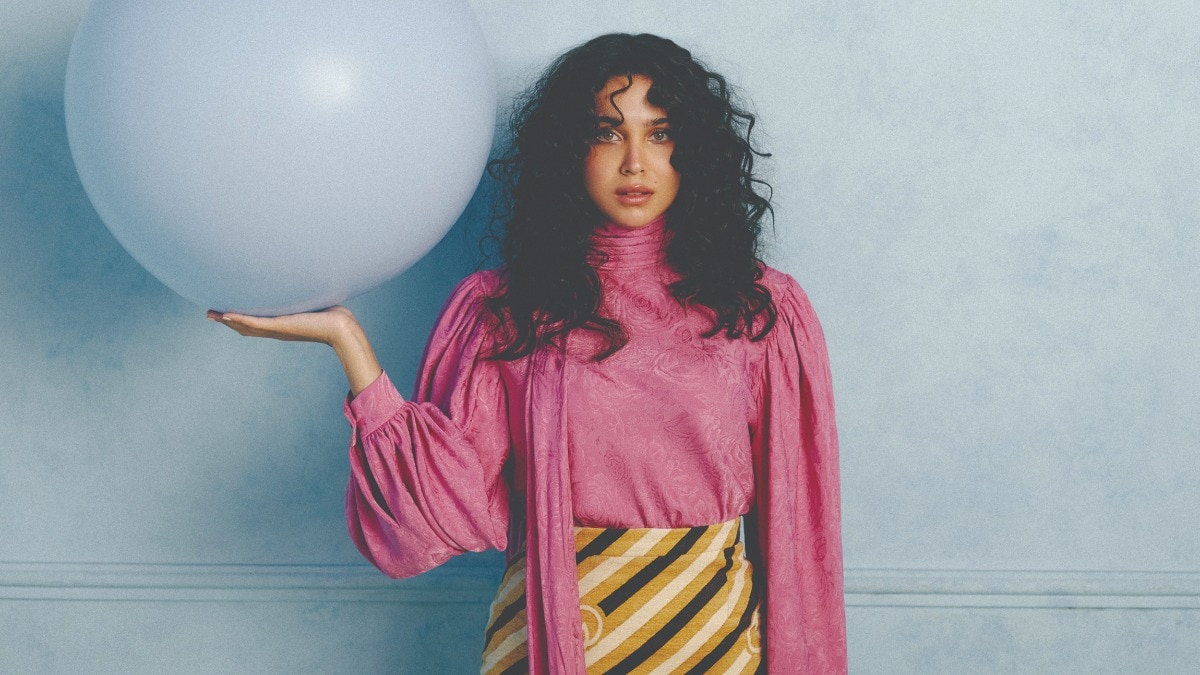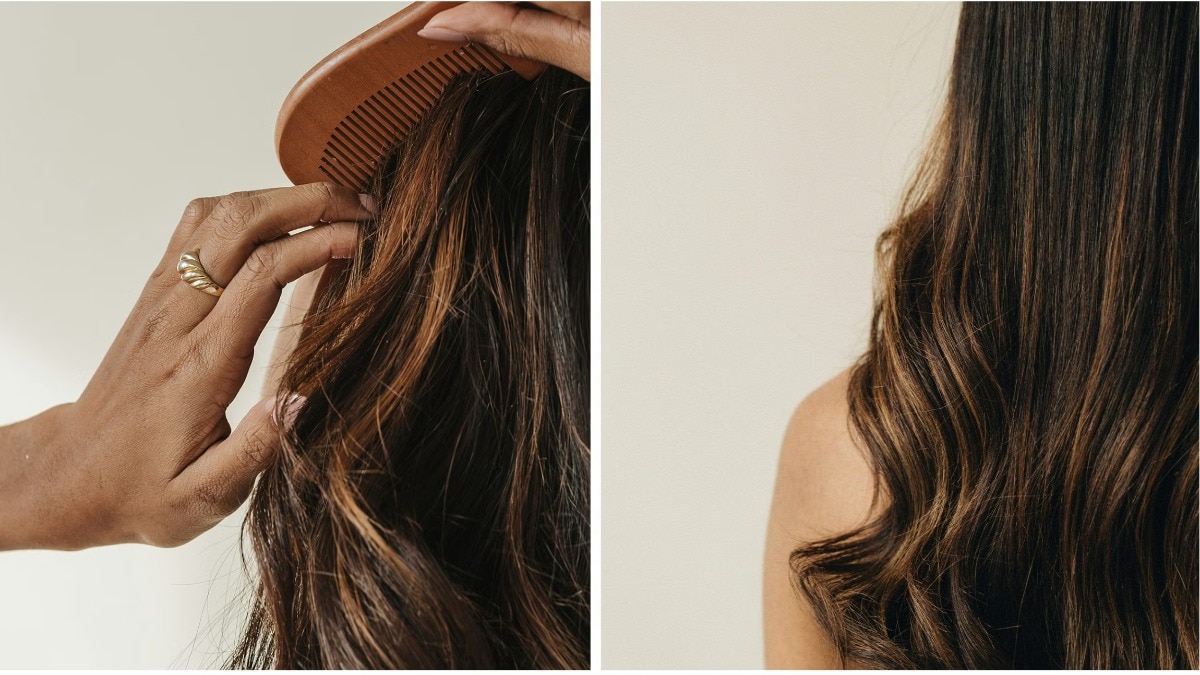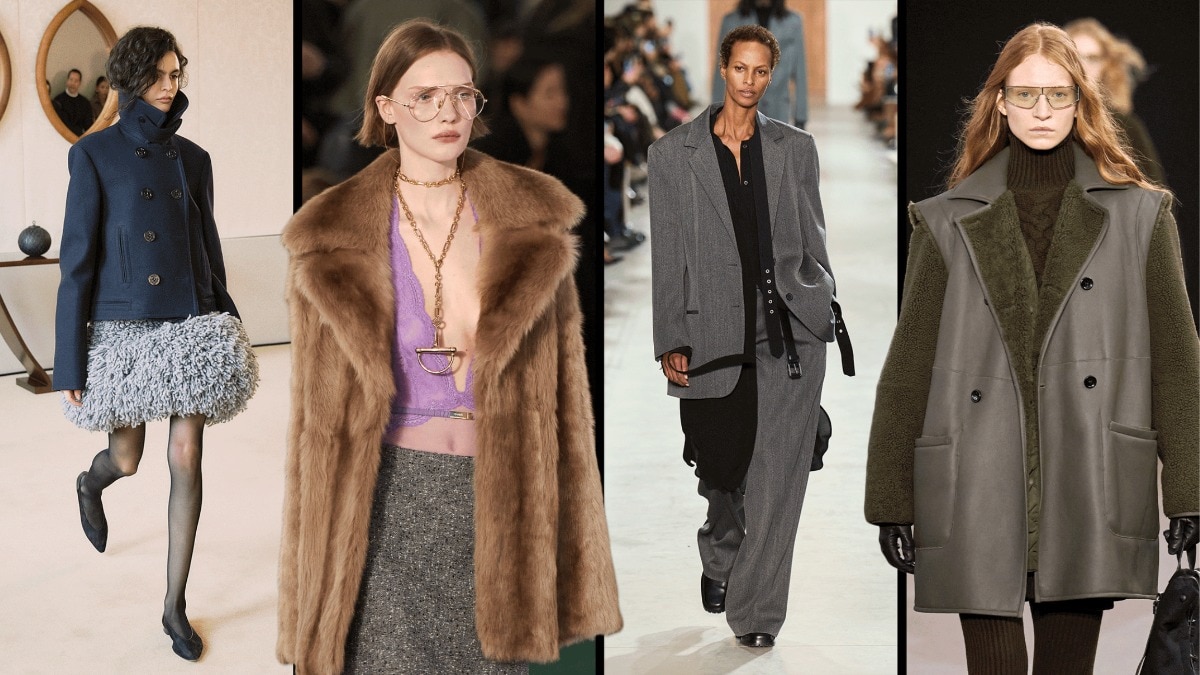
Mapping the cultural footprint of the queer community in India
Artists like Veer Misra, Priya Dali, Kallol Datta, and others discuss the evolution of queer expression in historical and contemporary Indian art.


Historically, heteronormative narratives have often found a voice in Indian art. But a closer look at ancient sculptures and texts will reveal hidden nuances and fluidity in gender representations. For instance, the Ardhanarishwar concept, where Shiva is depicted as half-male and half-female, exemplifies the acceptance of gender fluidity, and embodies the synthesis of both masculine and feminine energies within a single divine form. The androgynous form also holds profound significance—both the divine energies together create and sustain the universe, and cannot exist in isolation. The Ardhanarishwar concept provides a historical foundation for queer expression within the broader cultural context.
Veer Misra, queer illustrator and graphic designer whose work is centred around platforming and documenting queer intimacy, says Indian art has always been inherently queer. “All art is queer. It depends on the person looking at it and the people documenting it,” says the artist. While India may have had a long history of diverse gender expressions, the acceptance of queer voices in art is a relatively recent phenomenon. Things started to change with the turn of the 20th century with progressive artists like Amrita Sher-Gil and Tyeb Mehta incorporating subtle queer undertones in their work. However, the overt expressions of queerness remained largely marginalised. Then came digital platforms which provided a space for emerging queer artists to share their experiences and perspectives, amplifying diverse voices and fostering a sense of solidarity.

Veer agrees. “I think especially over the last 10 years we are finally seeing queer art coming a little more front and centre. There’s a long way to go, but I think there’s finally a foundation of documentation established for artists like me and especially newer voices to fall back on,” the illustrator tells Bazaar India. Mumbai-based storyteller and illustrator Priya Dali also feels that the last five years have seen “a boom of queer art online more than offline.” But Priya adds a rider to it. “I think the representation is not yet nuanced or desi, overall as a community. Also, so many of us are still exploring and finding our own definition of what it means to be a desi queer person which again will always be subjective of one’s life history,” says the creative director of Gaysi Family, an online and offline safe space for desi queers to share their stories, who has also illustrated for children’s books and Ruskin Bond’s The Tunnel.
Cultural expressions within the Indian queer community are manifold. Contemporary creators are using various mediums—paintings, films, and literature—to depict the queer experience and foster understanding, empathy, and acceptance. Recently, Kolkata witnessed the inaugural edition of the Kolkata Queer Arts Month (KOQAM) curated by queer fashion designer Kallol Datta. “As a clothes-maker, I have been incredibly privileged to have been able to transition from fashion to the visual arts space. There are multiple factors that aided the shift. And that is one of the reasons I decided to curate KOQAM 2023. For unrepresented and underrepresented artists to occupy white cube spaces, for artists with zero to little exhibition history to be part of a month where we had established names and their works on view,” Kallol tells Bazaar India.

TRIALS AND TRIUMPHS
The cultural footprint of the community is a dynamic tapestry woven with resilience, creativity, and societal evolution. Almost all artists we spoke with said their art has helped them explore their queer identity. “I think for the longest amount of time when I was younger, I kept looking for art and media that would speak to me and even for me, and I couldn’t really find anything that spoke to my experience or even came close. So, I started turning my thoughts into illustrations,” Priyanka Paul, who calls herself an “artist, illustrator, poet, writer, genius, disruptor, niche social media celebrity, shit stirrer, angry and funny person, often controversial,” tells us. “My work to me is how I make sense of the world, how I process it.” Veer resonates with her. “I have realised only recently how much I use it as a tool to both process my own world and create imaginary ones. Moreover, it allows me the space to try and workshop aesthetic decisions that I would like to implement in my own life,” says the queer illustrator and graphic designer who feels that his work has changed with his growing understanding of his identity and politics. “I’ve had to learn the intricacies of how they’re connected.”
Talking about challenges, Veer says it is to make “work that might make the people, who do not see queerness as valid, uncomfortable.” He adds that it comes with blowback, criticism and online backlash. “On occasions, it’s been extremely difficult but at the same time incredibly gratifying to learn how to take up space with your work,” recalls Veer. For someone like Monami Nandy, a queer dancer who “seeks to push the boundaries” of classical dance forms, particularly Odissi, “to explore contemporary themes and emotions,” the challenge comes in a much more institutionalised form. “As an active participant in the dance community, I have an understanding of the politics of acceptance—the brand of ‘classical’ weighs heavily on what I’m allowed to present,” she tells Bazaar India.
“Performance platforms are tightly scrutinised for what is ‘respectable’ within the conservative dance community, limiting where I can present queer Odissi work.” She adds that she fears the risk of being outed on the basis of her sexuality. “The pool of people who may be willing to collaborate with me is limited owing to the stigma of being ‘othered’ and ostracised by association. Being female, queer and a classical dancer, I walk a narrow path to maintain the integrity of my artistry,” says Monami. Priyanka echoes Monami’s thoughts, and calls out every possible discrimination. “It’s incredibly tough to be brilliant in a space where rich cis upper-caste men dictate everything and get everything. It’s tough to thrive as an artist when all that people are accustomed to, is repetitive familiar mediocrity,” says Priyanka whose work centres around themes of social justice, self-exploration and understanding marginalisation. “It’s tough to barter your life and your deepest personal experiences day in and day out in exchange for mainstream acceptance. It’s also difficult being abused on the internet all the time. It’s also fascinating to think of how many people think of you as an alien abomination and cannot understand what it is you’re talking about.” Priyanka, who believes that art in itself is queer, feels that queerness also goes beyond simple sexuality or gender. “I think queerness dictates every part of my life, of my art practice, it means to be fluid, to oppose all rigidity, and in a capitalist Brahmanical binary society, that’s difficult to do.”

Priya, on the other hand, has had an entirely different experience. “I have never once received any hate or homophobic comments on my IG (Instagram) ever since I’ve been putting out queer work. It feels surreal and unusual because I’ve seen my peers having a tough time but somehow I’ve not experienced it.” The Mumbai-based artist says the trials and tribulations have always been more internal. “I think often the challenge/fear for me has been about sharing something that’s so personal and intimate so publicly, and realising that people will know more about me and wondering how they will respond,” says Priya. Queer illustrator Jasjyot Singh Hans sums it up well. “In today’s world, whatever you do, in whichever way you’re expressing yourself, you are going to offend somebody or the other,” says the Chicago-based artist whose work talks about body postivity, bullying and homosexuality. However, he asks a few rhetorical questions. “You hear a lot of ‘oh, we don’t understand these pronouns’. Everything evolves and changes, and you adapt, right? Like everyone adapted to debit cards, touch screens, face recognition and now AI. Why are pronouns an issue for you?” He voices his concern on behalf of the community, particularly gender non-binary people. “We are still seen as an alternative. We’re still seen as different. It’s like the standard is still considered binary and heteronormative,” Jasjyot adds.
ACTIVISM OR SELF-EXPRESSION?
Artistic expressions often become powerful tools for activism with artists using their work to advocate for inclusivity, equality, and acceptance. With the turn of the 21st century, the concept of intersectionality became increasingly central to queer expression. The intersectionality of queer identities with caste, religion, and class further adds layers to these narratives, reflecting a more nuanced representation of queer life. But Kallol feels the term “intersection” has been widely abused. “Queer artists have always existed. But even amongst them the visibility and opportunities extended to trans* and Dalit, Bahujan and Adivasi artists have been negligible. If we track the flow of capital, it is important to note that until queer folks occupy positions of power within the Indian arts space, not much will change,” adds the fashion designer.

Most queer artists feel self-expression and activism cannot be removed from each other. “To be able to live despite a kind of marginalisation, freely (of course due to the intersection of other privileging identities) is in itself an act of activism. And I can’t think of ways that one can truly segregate self-expression and activism,” says Sangram Mukhopadhyay, a queer dancer. Fellow queer dancer Monami prefers to call herself ‘an artivist’. She adds, “My performance talks about myself as well as about socio-political issues. I strongly believe that personal is political and vice versa.” Priyanka agrees with her. “As marginalised people in this world of deeply cruel systems of power, our very voice is activism, our very existence is a sign that we have survived and thrived, and we will continue to.”
But for Jasjyot, it’s more of self-expression. “I don’t consider my work as activism, although I think there is a strain of me that always wants to consciously put it out. But I think to call it activism, it would have to do much more. When you’re unconsciously just putting work out without the intention of it being activism, I think it’s just self-expression. It’s just a part of who you are.” He adds that he is aware that his work may upset a few people. “But overall, the good and the positive outweigh the bad and the negative by leaps.”
WHAT LIES AHEAD
Queer artists believe that, despite challenges, the future holds great promise for them, with “more of us pushing into mainstream and everyday spaces with our subtle and not so subtle queer agendas and art,” shares Priya. Through their creativity, they are not only challenging stereotypes but also reshaping the cultural landscape of India. “One of the best things about rising queer voices is how many of them are there!” We are seeing queer art that is going to stand the test of time,” hopes Veer.
Hoping for more representation, Kallol says there should be more funding for queer artists, especially those from religious minorities, trans* and non-binary folks and oppressed castes. Priyanka shares a similar opinion. “I think the Indian artscape, and upper caste and class rich people (queers included) should also ponder about what their queerness and interest in “radical politics” mean if all they do is uphold the same status quo they claim is oppressing them,” she says, adding that the future is “channelling the bravery it takes to live on your own standards everyday and to applying ‘queerness’ in all aspects of our life—in how we love and how we live.” Like Priyanka, Jasjyot rightly points out the resilience among queer artists. “I see great things and I hope for great things, and there is a sense of pride in the work that queer people are doing,” he adds.

However, Monami feels that there should not be any need for a separate queer art community. “What is queer art? Why art needs any label?” she asks. But she acknowledges the complicatedness and accepts the reality. “Queer artists have to come up, take the risk of being exposed and reclaim the space. I feel it has started. Now, we need the allies also to talk more in our support like any other movement,” adds Monami.
The cultural footprint of the queer community reflects a transformative journey marked by challenges, triumphs, and an unwavering commitment to authenticity. The artists believe the landscape holds the potential to be a catalyst for positive change, fostering a more diverse and inclusive narrative for posterity. Going back to the Ardhanarishwar concept, the ultimate reality is beyond gender. The canvas is evolving, and artists are paving the way for a future where the diverse spectrum of queer experiences is not just acknowledged but celebrated.
Also Read: How this photographer’s journey helped him make peace with his queer identity
Also Read: Why does representation matter to the queer community?

